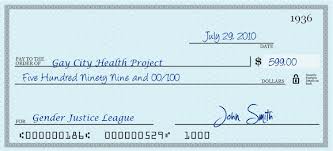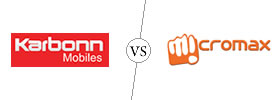Difference between Check and Electronic Check
Key Difference: A check or cheque refers to a document that authorizes and provides instructions to order a certain amount of payment from a bank account. Check as a term is used to refer a usual paper check, whereas electronic check is the electronic version of paper check.
A check and electronic check (eCheck) both refer to the same thing, but still the term electronic that is attached with the check brings out numerous enhancements in the basic paper checks. When someone refers to a paper check, we simply call it a check, but an electronic check is a different check from a paper check, as it is presented electronically. Let us explain the difference between them and after reading the article one must easily understand the advantages of using eChecks over usual paper checks.
 A check or cheque refers to a document that authorizes and provides instructions to order a certain amount of payment from a bank account. The person who provides the authority is known by the name of drawer. The drawer has a current or checking account.
A check or cheque refers to a document that authorizes and provides instructions to order a certain amount of payment from a bank account. The person who provides the authority is known by the name of drawer. The drawer has a current or checking account.
This account may be having some money deposited in it. The drawer writes details like the amount of money, a payee, date and then signs it. Now this document is provided to the bank that instructs to pay the person or company the amount of money that has been stated in the check. This is helpful as the drawer doesn’t have to carry the money to make payments.
During the 20th century the checks became very popular and were used to carry out most of the business related transactions. In case, there are insufficient funds for the cheque to clear, it is said that the cheque has bounced. These paper-based, checks are costly for banks to process in comparison to electronic payments like done via ACH.
Electronic checks or eChecks are the electronic version of a paper check. An eCheck contains all the information that is contained in a paper check. The eChecks are based on the same legal infrastructure, in which paper checks work. The working of eCheck is same as a normal paper check. First, the person would write a eCheck by using any of the electronic devices. Later the eCheck is provided to the payee electronically. Later, the payee deposits the electronic check and receives credit, and the payee’s bank clears the eCheck to the paying bank. The paying bank validates the eCheck and if everything is fine then the writer’s account is charged for the account.
Electronic check’s mechanism is the first and only electronic payment mechanism chosen by the United States Treasury. The treasury makes high value payments over the public internet via eChecks. Electronic checks have greater benefits over paper checks as eChecks tend to save a lot of time. One does not require to wait for the mail room or post office to pick or deliver the mail. Paper checks need to be handled carefully, as they can tear off or can easily get misplaced. Manual efforts in eChecks are almost eliminated and as the process is electronic based, the system is more accurate.
An eCheck also eliminates the re-keying of check information and thus many errors are avoided. Electronic Checks also provide additional information about the transaction as compared to paper checks.
Image Courtesy: optionsnow.com, pokerecheck.com










Add new comment